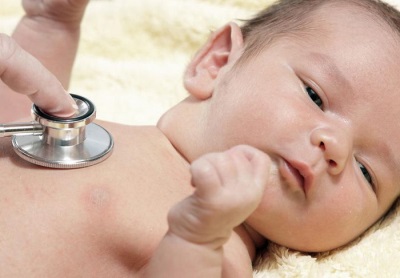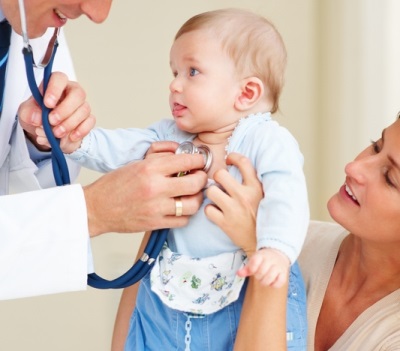Why does a child have pain in the heart?
One of the most frequent reasons for referring to a pediatric cardiologist is the appearance in the child of pain in the region of the heart. In most children, such pains are piercing, but they can also be oppressive or pulling.
They are often determined by the child in the area where the apex of the heart is located. In 80% of cases, the appearance of stabbing pains is preceded by a stressful situation.
Most of the pain in the heart in childhood is not associated with physical activity and does not give to other parts of the body. If you distract the child’s attention or give him a sedative, stabbing pains often diminish or disappear altogether. Why then can they appear in a child and is it really a sign of heart disease?
Common causes
Most often, the pain that children and their parents take for their hearts is in no way connected with the diseases of this organ. They can be a symptom:
- Intensive growth of the heart compared with the growth of blood vessels that supply it with blood. Such growth is noted at the age of 6-10 years. The pain caused by such a cause, often appear in emotional and fairly mobile students, who have asthenic physique. At the same time, cardialgia can appear after a run or other load, and as soon as the child rests and calms down, they completely disappear.
- Vegeto-vascular changes that often occur during adolescence. They are manifested by stitching pains in the left side of the chest, which often arise at rest.
- Problems with the spine. Any pathology of its development, for example, scoliosis or early osteochondrosis, can provoke the appearance of chest pain, which the child associates with the heart.
- Neurosis or other problems with the nervous system. If the nervous system is affected, nagging or stitching pains appear in the region of the heart after physical activity or emotional manifestations.
- Pathology of the digestive tract. Chest pain can respond to cholecystocholangitis or dyskinesia of the ways through which bile is derived. However, many children can not determine the exact source of pain, showing the chest if the stomach hurts.
As for diseases of the heart and blood vessels, in childhood pain can manifest itself:
- Myocarditis. It is often a complication of ARVI and flu.
- Rheumatism. This disease usually develops in children a few weeks after streptococcal tonsillitis.
- Pericarditis. Pain with such a disease can occur during respiratory movements and coughing. Also, the child complains of the feeling of pressure behind the sternum.
- Anomaly of coronary vessels.
- Some heart defects, such as aortic stenosis or Fallot's tetrad.
- Endocarditis. This disease is triggered by bacteria.
- Aortic aneurysm.
- Cardiomyopathy.
Note that with myocarditis and rheumatism, pain in the heart is not the only manifestation of cardiac pathology. The child has symptoms of intoxication, high fever, feelings of heart failure, joint pain and other signs.
In 30% of children who have undergone open heart surgery, dull pains appear in a few weeks, which is associated with an autopsy of the heart during surgical treatment.
What to do?
Single episodes of pain in the heart should not cause anxiety, but in the case when the child has pain or stabs in the heart area repeatedly, it is worth going to a pediatrician or a pediatric cardiologist. The doctor will prescribe additional studies, among which will be ECG and ultrasound.These are fairly informative and safe methods that are easily tolerated by children. If necessary, the child will also be referred to other specialists, for example, to a neurologist or to a gastroenterologist.

Immediate consultation with a cardiologist is required for children whose heart pains are accompanied by other painful symptoms, such as fever, joint pain, weakness, fainting. With such manifestations, it is important to make tests and necessary examinations, after which it is imperative to start treating the child in compliance with all the measures prescribed by the cardiologist.
In the next video, Dr. Komarovsky will tell you the reasons for which he might feel pain and prick in his chest, and what to do with these sensations.











